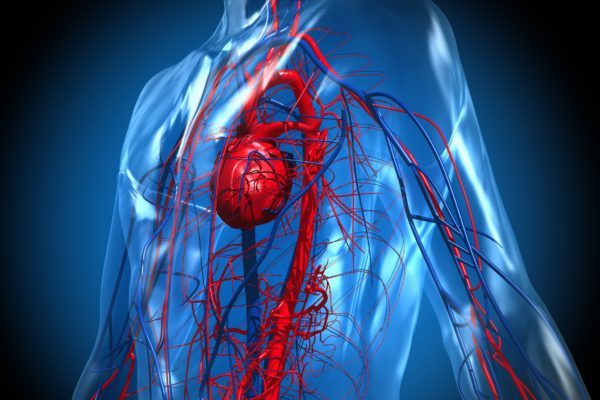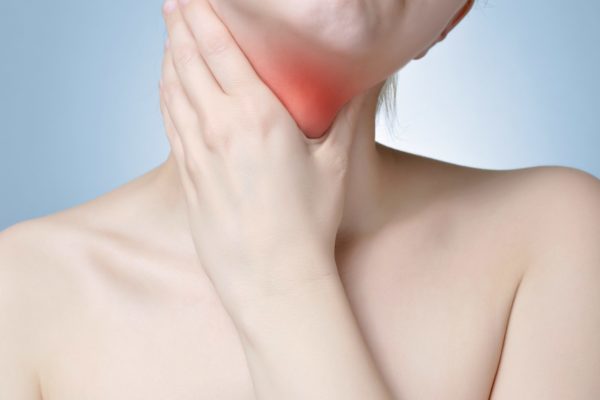
Sjögren’s Foundation
Sjögren’s syndrome is a long-term autoimmune disorder that affects parts of the body that produce fluids such as tears and spit (saliva). An autoimmune disease (auto = self, immune = defence) is a condition in which your immune system attacks cells and substances that are native to your own body. White blood cells (lymphocytes) enter the glands that produce fluids, such as tear-glands and salivary glands. The resulting inflammation causes damage to these glands and produce less gland fluid, leading to dry eyes and dry mouth. Sjögren’s syndrome is also known as sicca syndrome (sicca = dry).
Sjögren’s syndrome is named after Henrik Sjögren, a Swedish ophthalmologist, who described this disorder in 1933. Sjögren’s syndrome is classified as a systemic disease in the subgroup of inflammatory rheumatism, together with systemic lupus erythematoses and scleroderma. The incidence in women is ten times higher as in men, with an onset usually between 30 and 60 years of age. People with the primary type of Sjögren’s syndrome have a greater risk of developing a type of cancer called non-Hodgkin lymphoma.
Sjögren’s syndrome can be divided in a primary and a secondary form:
Sjögren’s syndrome is associated with a lot of symptoms. The most common symptoms are:
Other signs and symptoms of Sjögren’s syndrome:
Sjögren’s syndrome is an autoimmune disorder caused by an abnormal reaction of the immune system to its own body. There is evidence for a role of viral infections, hormones and genetic factors in the pathogenesis of this autoimmune disease. Why some people are more susceptible than others, is yet unknown.
Sjögren’s syndrome can exist as a clinically isolated syndrome, or as a consequence of another disorder such as rheumatoid arthritis. Rheumatoid arthritis is, like Sjögren’s syndrome, an autoimmune disorder, in which the immune system attacks the own joints. Patients often have more than autoimmune disease.
The diagnosis of Sjogren’s syndrome is made based on the pattern of signs and symptoms, physical examination and blood tests. The following tests may be used to diagnose Sjogren’s syndrome:
Sjogren’s syndrome is a lifelong condition. Sjögren’s syndrome cannot be cured, but proper treatment can help to relieve symptoms:
Furthermore, targeted therapy for Sjorgen’s syndrome is an active area of research that may allow for more treatment pathways in the future.





